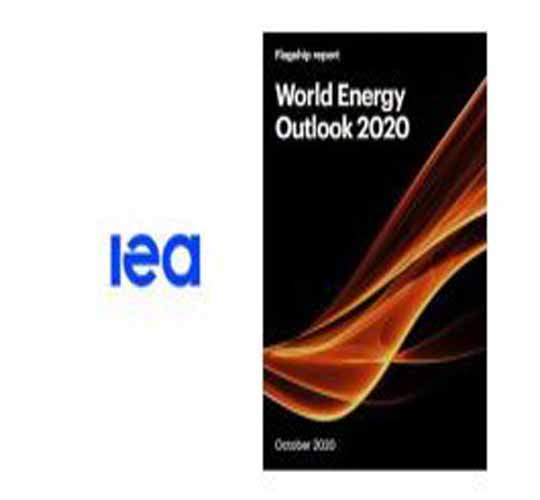The International Energy Agency (IEA), has never been a huge fan of renewable energy. The Paris-based agency , formed after the first oil shock in 1973-74 had a a broad mandate on energy security and energy policy co-operation. Over the years, the agency remained focused on oil, even as it grudgingly broadened its own mandate to transformation of the global energy system.
So when the agency, in its annual World Energy Outlook 2020 report declares Solar Power as the ‘New King of Electricity’, it should make even the most die-hard skeptics get up and notice. It will please Prime Minister Narendra Modi no end to read that “In some parts of the world, solar power is now the cheapest source of electricity in history, thanks to policies encouraging renewable energy growth.” Though prefaced with ‘some parts of the world’, the statement is nevertheless a ringing endorsement of the future for solar, as well as the critical role solar has to play in the push for sustainable development and limiting climate changes caused due to global warming. A key cause for which had been the huge usage of fossil fuels. So full marks to Mr Modi for vision here.
Solar has changed the dynamics of energy and electricity production decisively today . In most countries in the world, today it’s cheaper to build solar parks than new coal- or gas-fired power plants, the report says. For utility-scale solar projects completed this year, the average cost of electricity generation over the lifetime of the plant (levelized cost of electricity or LCOE) was between $35 to $55 per megawatt-hour in some of the world’s biggest markets — the US, Europe, China, and India. Just four years ago, this was closer to $100 per megawatt-hour. A decade back? Almost $300 per MW hour.
In this context, India’s big shift to a bigger focus on solar energy ever since the present government took charge in 2014 under Prime Minister Modi, has been a key factor. Not just in delivering faster growth rate for solar than anticipated, but also in helping spread the movement wider, with initiatives like the International Solar Alliance (ISA). Keep in mind that in 2014, solar costs were still relatively high, and to make the kind of 5 fold increase in targets as India did to 100 GW by 2022, was still considered a shot in the dark.
In India, solar has been in a funk lately, caused by multiple factors, from the familiar to the unfamiliar. Thus, the challenges around land acquisition, capital, and driving down costs are familiar to most of us. The unexpected has been the strong resistance, even apathy from discoms to supporting solar growth, caused by mismatched priorities and misaligned incentives. As a state subject, progress has also been much slower than expected, with many states not really interested in the ‘green’ part of solar, for all practical purposes. That explains the miserable performance across the country for rooftop solar, which requires much more nuanced policy and support to flourish.
One hopes that the ringing endorsement for the option from a respected international agency will make a lot more skeptics open up, to what solar has achieved so far , and is set to achieve, given the space to do so.
The IEA report estimates a cost drop of 20-50 percent in just the last year for solar . That is quite simply an opportunity the country cannot afford to stay out of anymore. With even the newest hopes like green hydrogen heavily dependent on cheap electricity from solar and wind, it is critical that India continues to make the transition to not just solar power, but also better quality and technology that is becoming increasingly available to do so.









